Sacred River Sources: Where Rivers Begin and Myths Flow
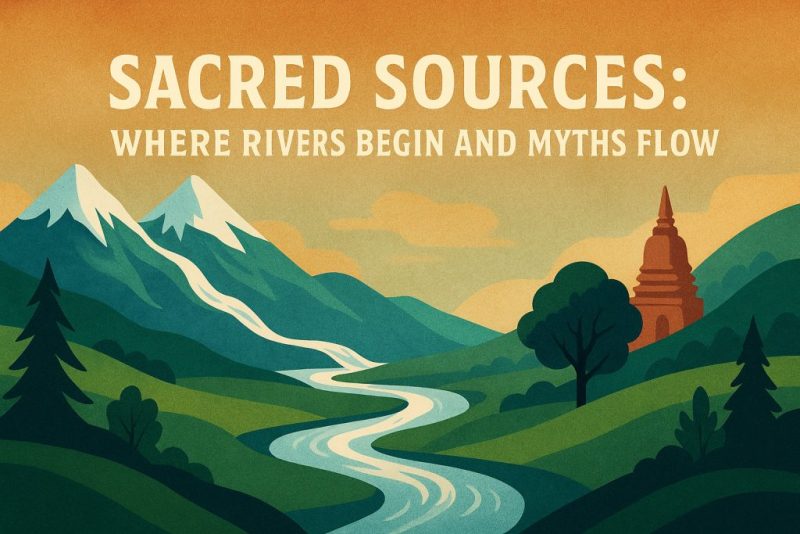
Explore the sacred sources of rivers—from the Ganges glacier to mythical peaks—where nature, myth, and meaning flow together across cultures.
Where water begins, stories are born.
Explore the origins of rivers in more depth in our latest post.
India: Ma Ganga’s Glacial Cradle
In the Himalayas, where the air thins and the snow never melts, a glacial cave called Gomukh marks the earthly beginning of the Ganges. But for millions of Hindus, it is much more. This is the mouth of Ma Ganga, the goddess-river who carries away sins and sorrows. Pilgrims—barefoot, breathless, faithful—trek through days of rock and silence to reach this icy origin. Here, each drop is sacred, a blessing born of the sky, stone, and divine compassion.
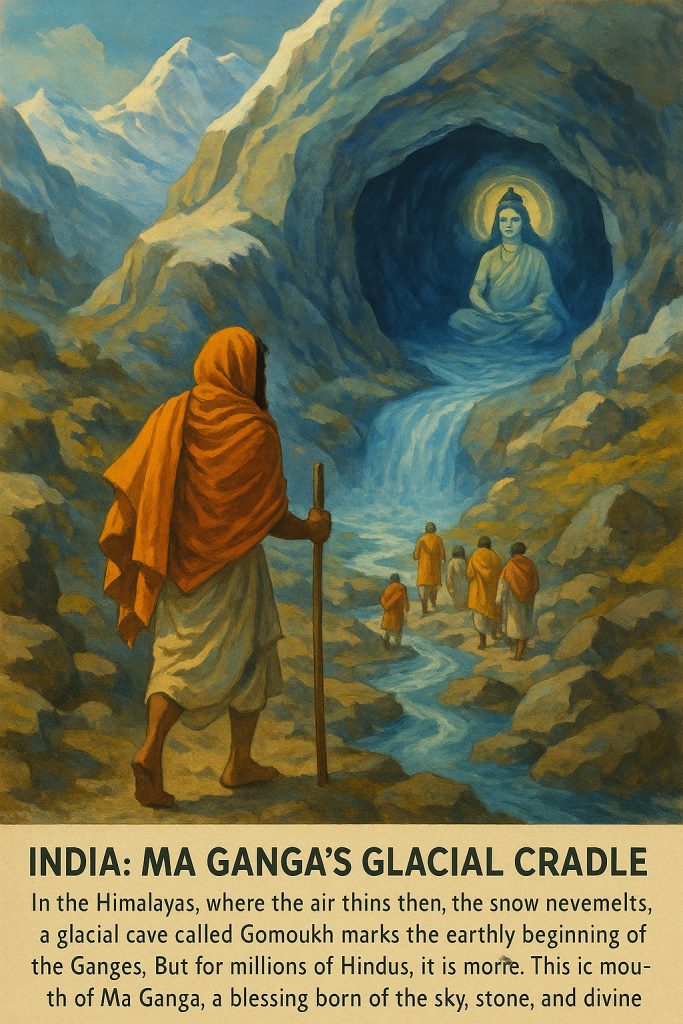
Egypt and the Nile: A River of Mystery
The Nile, lifeblood of Ancient Egypt, carried not only silt and water but the breath of gods. Yet its source was a puzzle for thousands of years. To early Greeks and Romans, it seemed to rise from underground oceans or the elusive “Mountains of the Moon.” The unknown added to its divinity. It was as if the Nile refused to be fully known—its source guarded by the very gods it nourished. When explorers like Livingstone later sought to uncover it, they weren’t just charting geography. They were chasing myth.
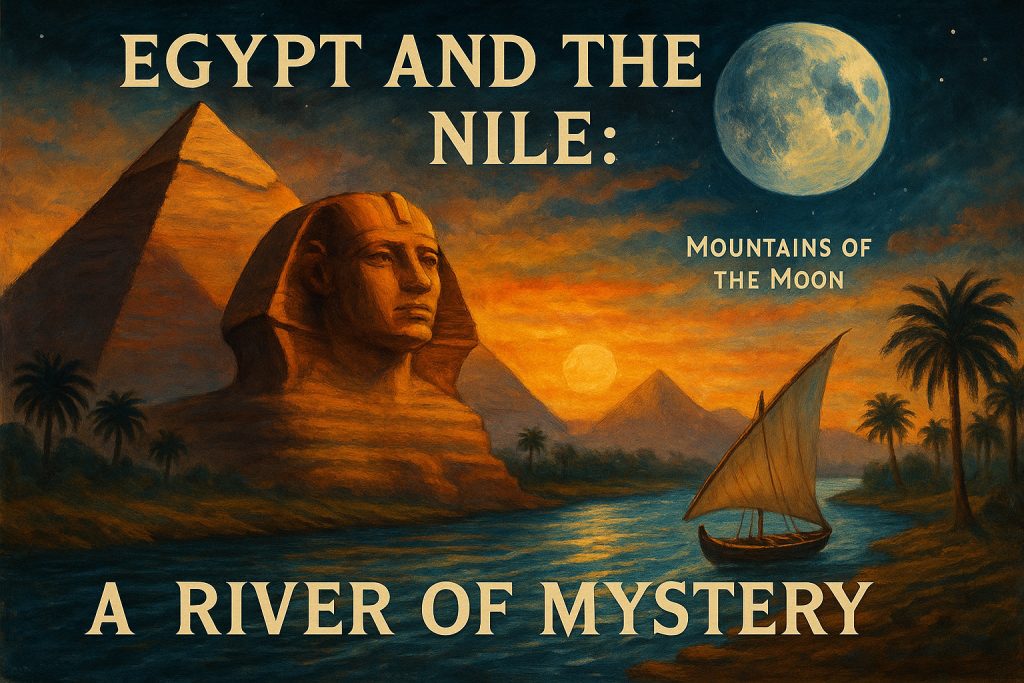
Indigenous Wisdom: Spirits at the Source
In many indigenous traditions, river sources are alive with presence. In the Andes, water flowing from high-altitude lakes or springs is tied to the Apus—mountain spirits who oversee both nature and human life. Offerings are left in hushed ceremonies: coca leaves, chicha, words carried on wind. In Southeast Asia, the first bubbles of a spring might signal the realm of Nagas, serpent spirits who dwell in water and guard harmony. The spring is not just a beginning—it is a home.
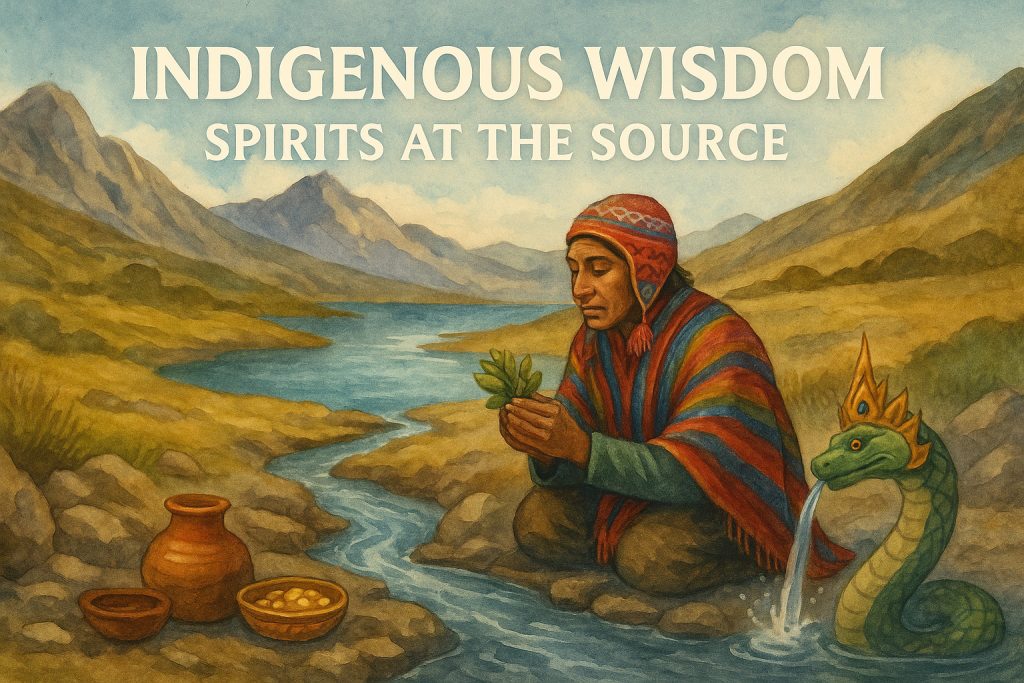
The Western Gaze: Quest for the Sublime
Even in the secular West, the search for a river’s origin has always been more than cartographic. The notion of source evokes purity, truth, and primal energy. Writers and adventurers have long mythologized headwaters as untouched, wild, even sublime. The more remote and dangerous, the more revered they become. The journey upstream becomes an inward journey too—toward the roots of the self, the soul, the story.
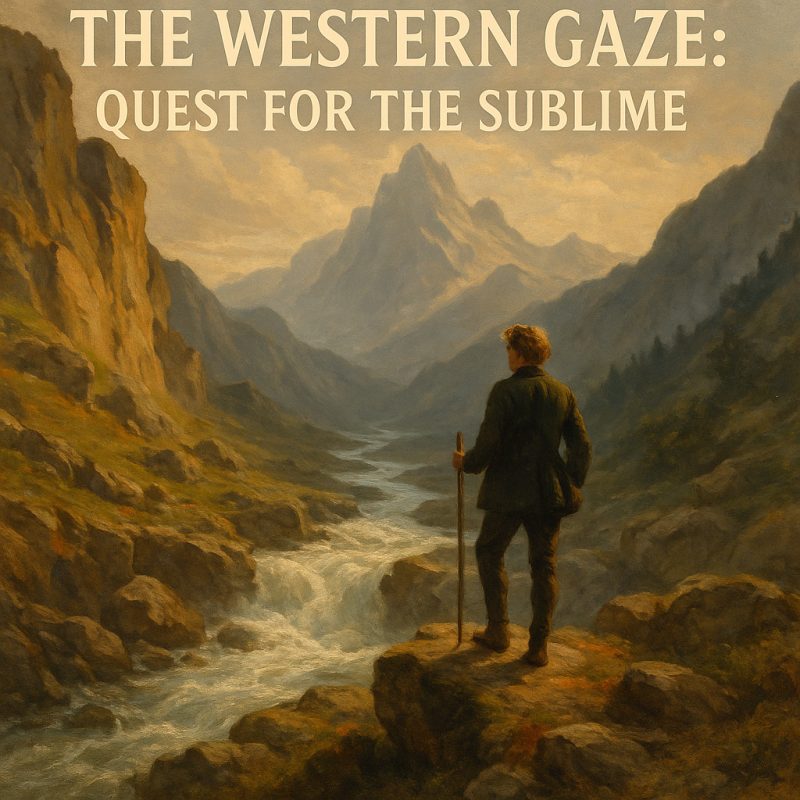
Modern Pilgrimage: Sacred Stillness in a Scientific Age
Today, many of these sacred sources remain active pilgrimage sites—welcomed by monks, guarded by silence, soaked in prayer. Others sit quietly in national parks, marked by plaques but still pulsing with quiet awe. Science has mapped them, but mystery lingers. Because no matter how precisely we trace a river’s path, we cannot measure what it means.
Rivers begin in sacred silence—and carry our stories forward.
Today, many of these sacred sites are still active places of devotion and ritual. They remind us that rivers are not just environmental systems but living narratives, flowing with the beliefs, fears, and hopes of those who live along their banks.



